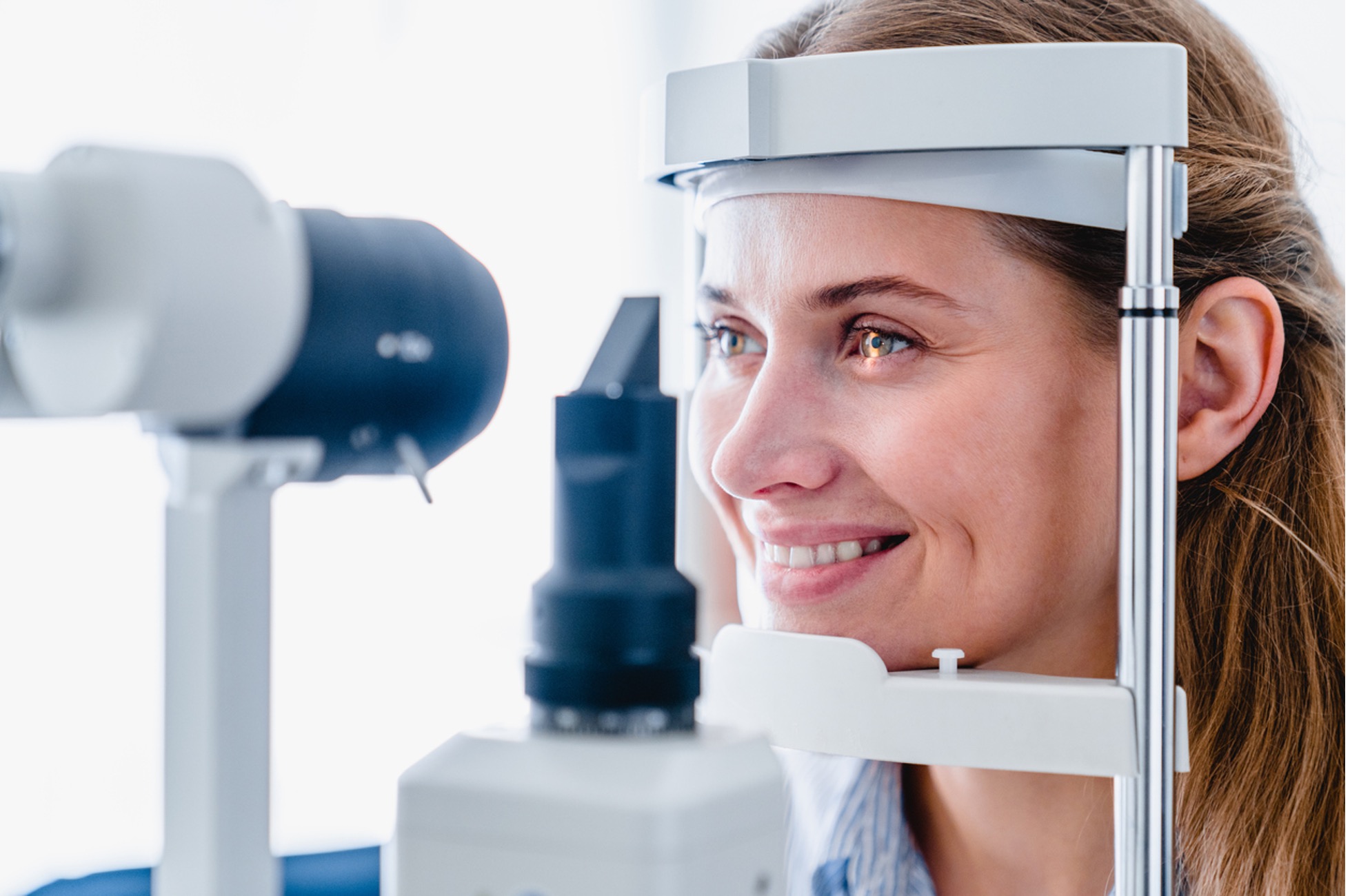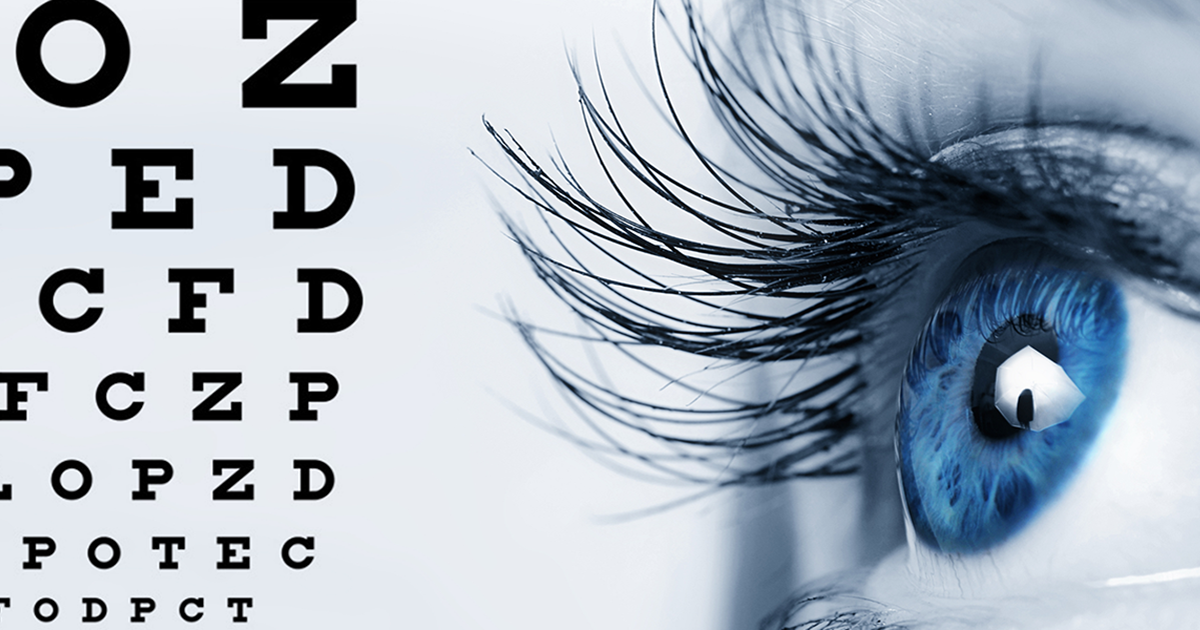Checking Out the Cutting-Edge Technologies Utilized for Vision Adjustment
In the ever-evolving landscape of vision adjustment technologies, a world where advancement and precision converge, a myriad of innovative improvements have actually improved the possibilities for enhancing aesthetic acuity. From the intricate world of sophisticated laser procedures to the world of expert system applications and gene therapy breakthroughs, the field proceeds to push limits and redefine what was once assumed to be unattainable. With each technology comes the prospective to revolutionize just how we view and address vision-related obstacles, providing an alluring look into a future where quality and precision preponderate.
Advanced Laser Procedures

One more advanced laser treatment getting popularity is PRK (Photorefractive Keratectomy) This strategy includes removing the external layer of the cornea before improving it with a laser. While the healing time for PRK is much longer contrasted to LASIK, it can be a better alternative for individuals with slim corneas or other corneal abnormalities. Both LASIK and PRK have high success rates in improving vision and are thought about secure and reputable methods for vision improvement.

Implantable Devices Technology
Technologies in implantable tools are improving the landscape of vision adjustment, providing new opportunities for individuals seeking long-term solutions to refractive errors. These cutting-edge tools, such as phakic intraocular lenses (IOLs) and implantable collamer lenses (ICLs), are made to remedy a broad range of refractive mistakes, consisting of myopia, hyperopia, and astigmatism. Unlike traditional glasses or call lenses, implantable gadgets provide an even more long-term solution by being positioned inside the eye to remedy vision.

Wavefront Modern Technology Enhancements
The advancement of wavefront modern technology in vision modification has actually transformed the precision and customization of refractive procedures. By making use of innovative wavefront sensing units, this innovation enables a detailed evaluation of the eye's one-of-a-kind aberrations, allowing ophthalmologists to tailor therapies with unmatched accuracy. Wavefront-guided LASIK, as an example, exceeds standard techniques by dealing with not just usual refractive errors like nearsightedness, farsightedness, and astigmatism but additionally higher-order aberrations that can a knockout post affect visual top quality.
One key improvement in wavefront technology is the advancement of personalized therapy plans based upon individual eye dimensions. This degree of personalization ensures that each procedure is customized to deal with the particular blemishes of the client's eye, bring about improved visual results and person complete satisfaction. In addition, continuous improvements in wavefront technology have brought about enhanced diagnostic capacities, permitting much more exact pre-operative evaluations and post-operative evaluations to check the effectiveness of the treatment. In general, these improvements in wavefront modern technology have considerably added to the improvement and effectiveness of vision modification treatments, offering patients a higher level of aesthetic skill and top quality post-treatment.
Expert System Applications
With the development of wavefront modern technology in vision improvement leading the method for customized therapies, the assimilation of expert system applications is now positioned to more boost accuracy and effectiveness in refractive treatments. Synthetic intelligence (AI) brings a new degree of refinement to the area by examining huge amounts of data to boost decision-making procedures throughout vision adjustment surgeries. AI algorithms can aid eye doctors in pre-operative planning by predicting the optimum therapy specifications based on specific person data, such as corneal thickness, refractive mistake, and various other relevant factors. Throughout the procedure, AI can dynamically readjust treatment parameters in real-time, making the most of the precision of the modification. Furthermore, post-operative monitoring and change can likewise take advantage of AI applications, making certain much better outcomes and lowered dangers of complications. By leveraging AI in vision modification procedures, eye doctors can offer individuals personalized therapies that are not only a lot more accurate yet also customized to their distinct aesthetic requirements, inevitably resulting in boosted patient contentment and visual results.
Gene Therapy Developments
Current improvements in genetics why not try here treatment have actually introduced a brand-new period of accuracy medication, changing the landscape of clinical therapies. In the world of vision improvement, genetics treatment developments use appealing services for various hereditary eye disorders. By targeting specific genetics in charge of problems like retinitis pigmentosa, Leber genetic amaurosis, and various other genetic retinal illness, genetics therapy aims to deal with the origin triggers of these conditions at a molecular level.
One notable breakthrough in genetics treatment for vision modification is Luxturna, authorized by the FDA in 2017. Luxturna is a pioneering gene therapy treatment for individuals with acquired retinal illness triggered by mutations in the RPE65 gene. Via the distribution of a practical copy of the RPE65 genetics into retinal cells, Luxturna has actually revealed significant renovations in vision for individuals with these hereditary problems.
As research in gene treatment remains to advance, the possibility for customized treatments for a series of hereditary eye conditions official site expands significantly, providing expect improved vision results and high quality of life for damaged individuals.
Verdict
To conclude, the field of view improvement is regularly evolving with making use of advanced technologies such as innovative laser procedures, implantable tools, wavefront innovation, expert system, and gene treatment. retina service near me. These innovations have actually revolutionized the means vision issues are resolved, providing even more accurate and reliable services for people. As innovation proceeds to advancement, we can anticipate even a lot more breakthroughs in the future that will certainly further enhance the top quality of vision adjustment therapies